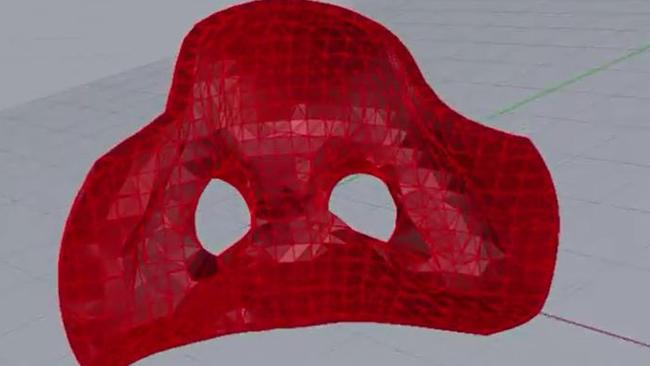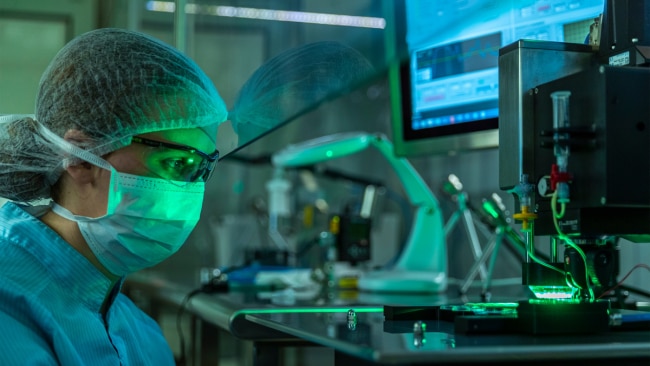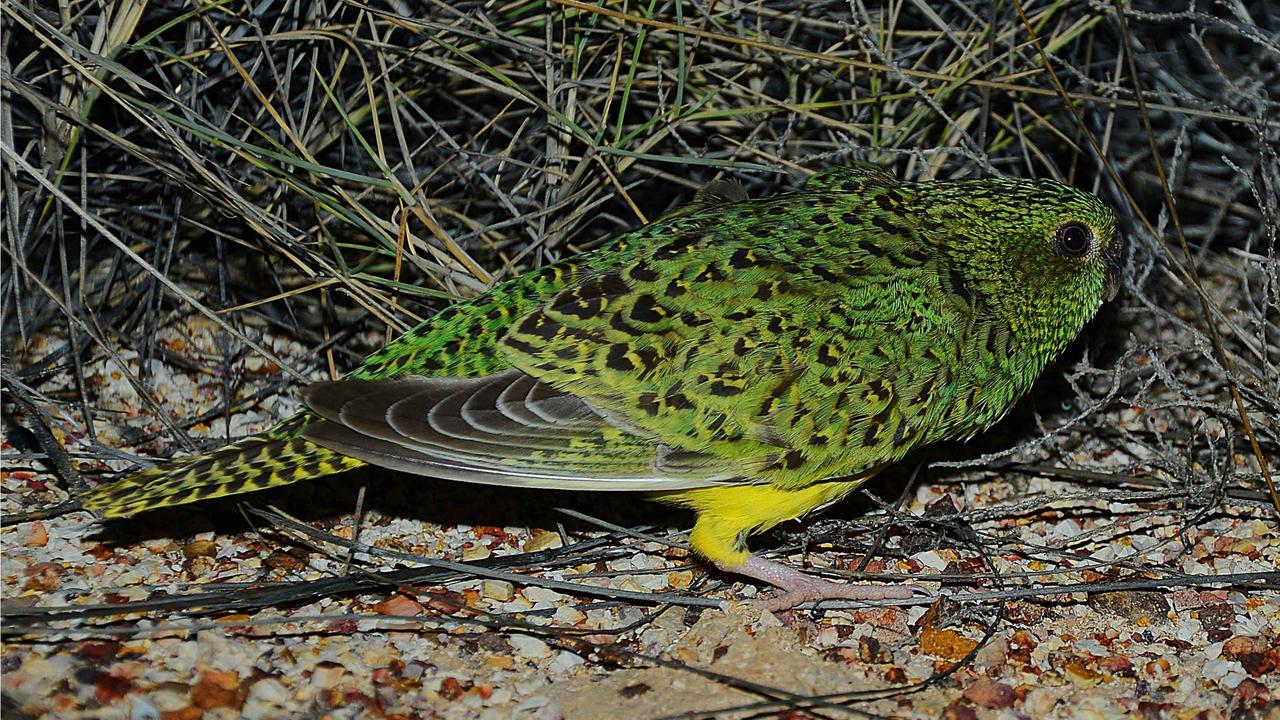Sleep apnoea: 3D printers fit the bill for sufferers
A start-up firm is using 3D printing to help some of Australia’s 775,000 estimated sleep apnoea sufferers.

A start-up firm is using 3D printing to help some of Australia’s 775,000 estimated sleep apnoea sufferers breathe more easily at night.
The lengthy pauses in breathing suffered by obstructive sleep apnoea patients have been linked to serious medical conditions and road and workplace accidents. Sudden death is a possibility.
To counter this, sufferers commonly use CPAP (continuous positive airway pressure) machines with face masks that deliver pressurised air to keep airways open during sleep.
Bespoke Medical Innovations managing director Darren Churchill said many sufferers experienced air leaks that made sleeping uncomfortable or impossible. So Bespoke had developed an adaptor shaped to the contour of a wearer’s face that would plug the gap. The device, 3D-printed with ABS polymer plastic, would fit under a regular CPAP mask.
Mr Churchill said 85 per cent of sleep apnoea sufferers sought to use a CPAP machine but 30-50 per cent gave up reasonably quickly. “That for us is staggering. The noncompliance with sleep apnoea is so high, it’s such a debilitating condition,” Mr Churchill said.
He cited a 2011 report, Re-awakening Australia, by Deloitte Access Economics, which said that, in 2010, 1.5 million Australians were estimated to suffer from sleep disorders. Of these, 775,000 had obstructive sleep apnoea and 492,000 people suffered primary insomnia.
The report linked obstructive sleep apnoea to 5.1 per cent of strokes, 1.1 per cent of cases of heart failure, 3.6 per cent of coronary artery disease cases, 6.2 per cent of cases of depression, 4.3 per cent of motor vehicle accidents and 0.6 per cent of workplace injuries. It said then that the health cost from sleep disorders was $818 million.
Mr Churchill said only about 15 per cent of Australian sufferers were diagnosed which was consistent with figures globally. “But of all those diagnosed, only 50 per cent comply (with treatment),” he said.
“We saw this as a great opportunity to help solve this. It’s no magic bullet, but you can provide a device that can be more comfortable for the patient, and can assist in eliminating air leaks which create noise.”
He said patients had different shaped faces, cheek bone structures and nostal sizes, and with factors such as beards, it was hard for off-the-shelf masks to fit everyone snugly.
Mr Churchill said the service began 6-8 weeks ago and so far 64 patients had walked through the door. Some 20 people had been involved in trialling the adaptors since January. So far, the service was only available in Sydney but within 3-4 months, Bespoke planned to operate photogrammetry studios in other states, starting with Victoria.
“It’s a photogrammetric process. They sit in a chair and a series of photos are taken of their face. It takes 20 to 30 minutes.” The photos are used to create a 3D-file that is printed. The plastic adaptor is then treated to ensure a shiny, smooth surface.



To join the conversation, please log in. Don't have an account? Register
Join the conversation, you are commenting as Logout